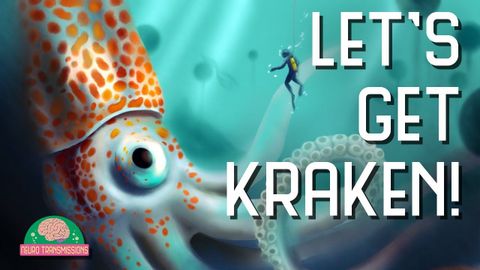ダイオウイカの軸索はいかにして神経科学を変えたか (How The Giant Squid Axon Changed Neuroscience)
 この条件に一致する単語はありません
この条件に一致する単語はありませんUS /pəˈtɛnʃəl/
・
UK /pəˈtenʃl/
- adj.可能性がある;潜在的な
- n. (u.)可能性
- n. (c./u.)可能性;潜在能力;候補者;ポテンシャル
- v.t./i.出場する;計算する;思う;思う
- n.姿 : 体形;数字;人物像;図表;著名人;姿の輪郭;数字
US /ɪˈnɔrməs/
・
UK /iˈnɔ:məs/
US /ˈnɛɡətɪv/
・
UK /'neɡətɪv/
- n.マイナスの電極;否定文の;「いや」という返事;写真や映画のネガ
- adj.嫌な;負の数の;悲観的な;否定的;陰性の;負の
エネルギーを使用
すべての単語を解除
発音・解説・フィルター機能を解除
